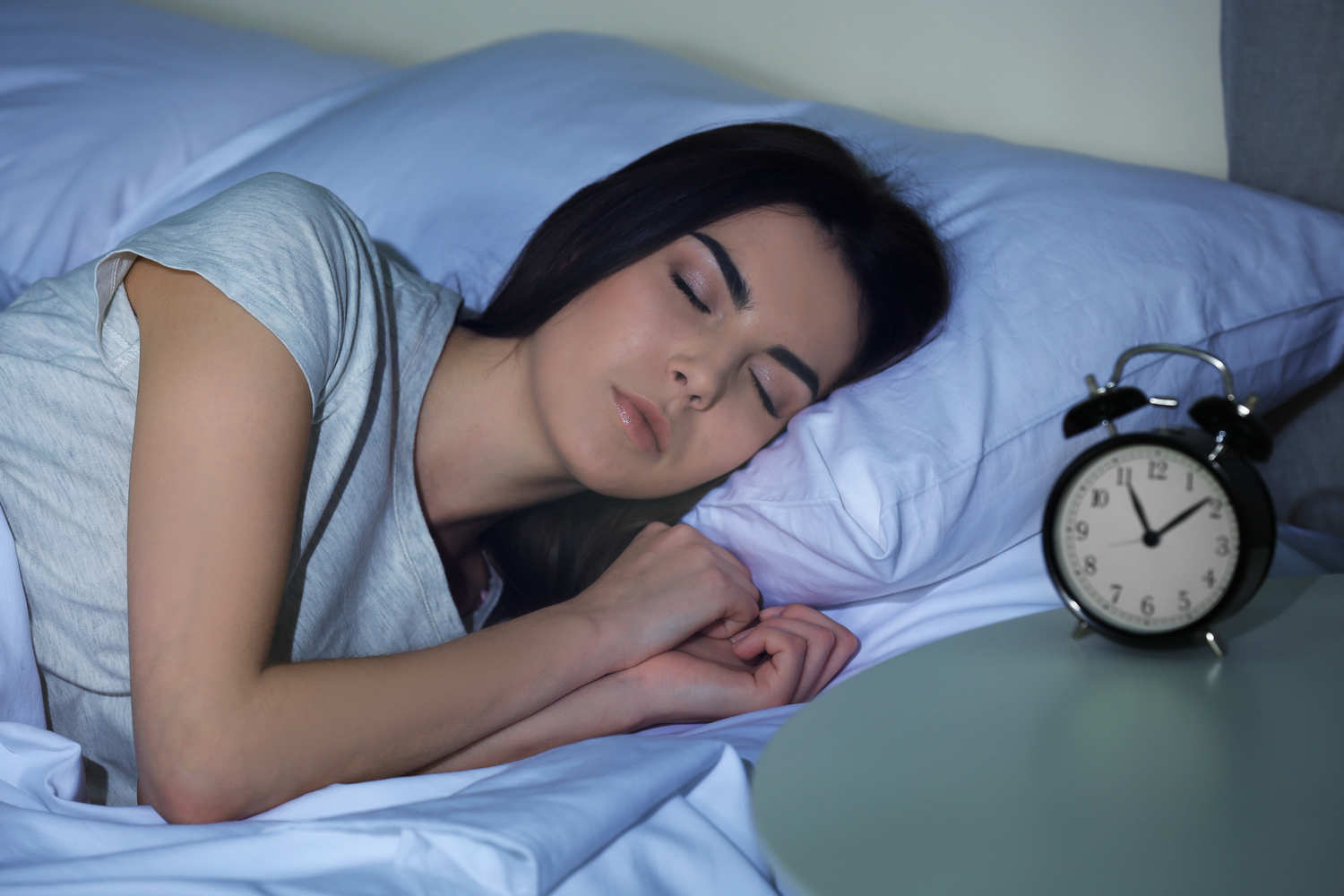
Why Surgery is the Last Treatment Option for Sleep Apnea
Sleep apnea is a common sleep disorder where a person’s breathing stops and starts repeatedly during sleep. It can be a result of a blocked airway or the brain has problems signaling. Common symptoms include loud snoring, daytime sleepiness, and restless sleep. When left untreated, it can lead to serious health complications, including depression and heart disease. Treating sleep apnea will depend on the cause, but the goal is to normalize breathing during sleep.
Before you consider serious treatment options like surgery, consider less invasive options including the following:
1. Humidifier
Use a humidifier that adds moisture to the air. Dry air is known to irritate the respiratory system. Humidifiers open airways, encourage clean breathing, and therefore decrease congestion. Eucalyptus oil or peppermint oil, which has anti-inflammatory and soothing benefits, can be used to a humidifier.
2. Oral devices
Oral devices are now available for sleep apnea patients who prefer it to wearing a CPAP mask. They prevent the airway from collapsing by holding the tongue in position. They also slide the jaw forward to enable easy breathing during sleeping. These can range from low-cost over-the-counter options to ones that are fitted by a dental professional trained in sleep medicine.
3. Change sleep positions
Most people with sleep apnea get aggravated primarily when sleeping on their backs. This can be avoided by sleeping on the side. Positional therapy is available as a treatment for positional sleep apnea. A special device or foam wedges worn around the waist or back to have the body elevated from the waist or to keep one from sleeping in the side position can be used. Soft pillows tend to make apnea worse by pushing the chin towards the chest. Do not use soft pillows. Positional therapy can be an effective method of treatment.
4. Nasal dilators
Nasal dilators are effective in opening the nasal passages and prevent hypopharyngeal collapse and consequent snoring. Internal dilators are inserted into the nostrils. External dilators are strips placed on the nose that work by opening the nostrils.
5. Acupuncture
Acupuncture is one alternative treatment that has shown effectiveness in treating sleep apnea with three to five acupuncture sessions per week. With 30 sessions, patients have shown significant improvements to hypoxia. With an increase to 10 sessions per week, greater relief was noticed in respiratory-related problems.
6. Yoga
Yoga breathing exercises strengthen the upper airway muscles if done under proper guidance from a qualified teacher. Yoga is known to reduce stress significantly and calms the mind. It also aids the quality of sleep and improves appetite.
7. Surgery
When most non-surgical methods do not improve or fail to give relief from sleep apnea, surgery is considered as one of the last options. Some of the most common ones considered are as follows:
- Radiofrequency ablation (RFVTR)
is done on patients with mild to moderate sleep apnea. Controlled cauterization shrinks and tightens tissues in and around the throat, soft palate, tonsils, and tongue.
- Uvulopalatopharyngoplasty (UPPP)
A procedure that targets the back of the roof of the mouth called uvulopalatopharyngoplasty (UPPP) involves removing excess tissue in the throat and repositioning to make the airway wider. The soft palate and uvula can be trimmed down and the tonsils will be removed in the procedure.
- Septoplasty
Septoplasty straightens a bent or deviated nasal septum, which is the divider that separates the two sides of the nose. Turbinate reduction is done to remove or reduce the curved structures that stick out inside the nose to enlarge the nasal passage to enable free breathing.




